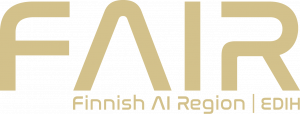
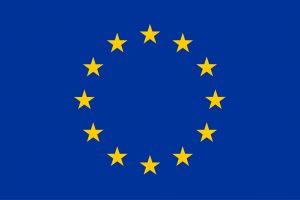
EU unveils AI code of practice targeting copyright protection and transparency
Brussels sets out voluntary framework for companies as enforcement of world’s first comprehensive AI law approaches. New guidelines aim to help tech giants comply with landmark AI Act amid growing concerns over creative rights.
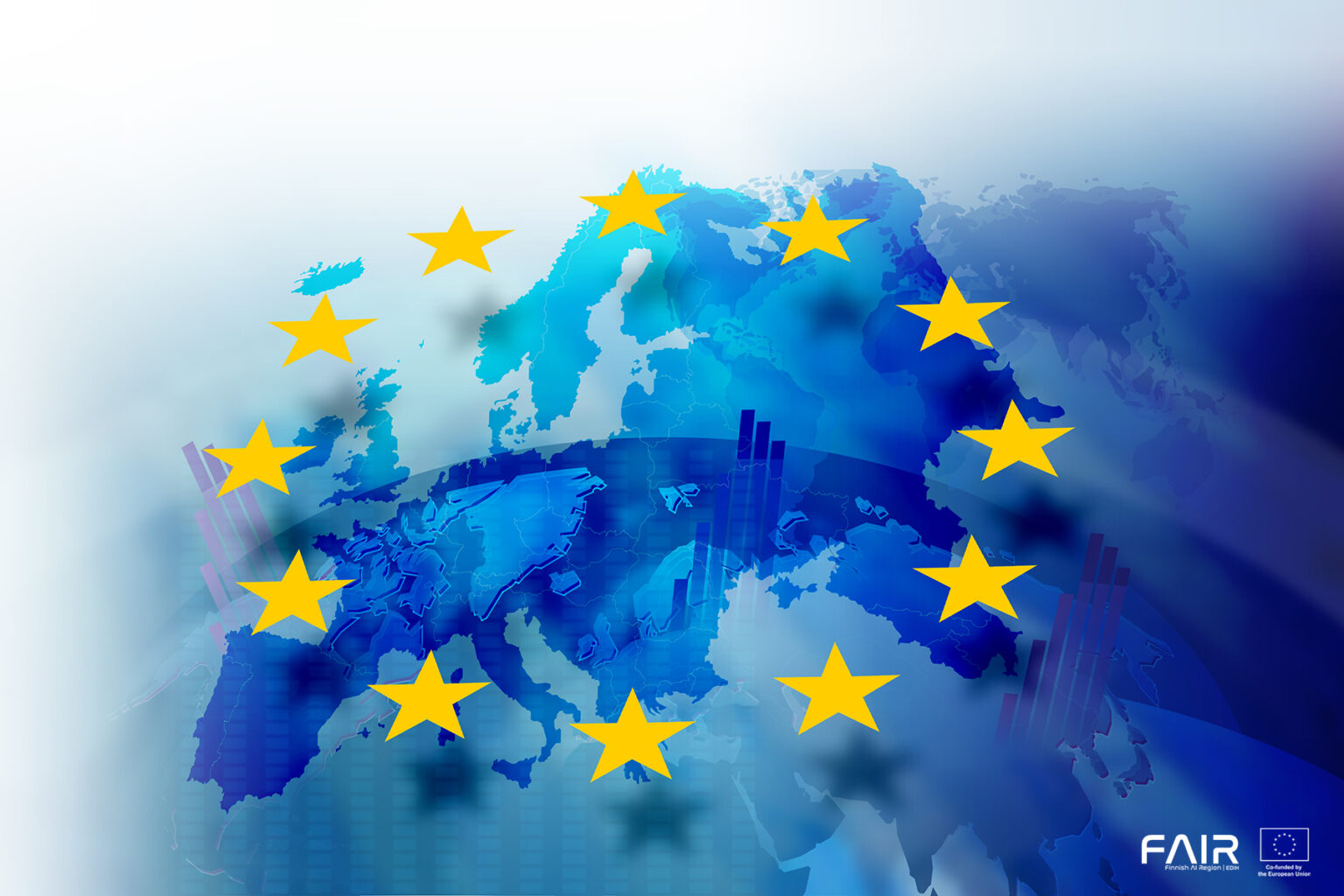
Text: Martti Asikainen, 14.7.2025.

The European Union has published a comprehensive code of practice designed to help artificial intelligence companies navigate the bloc’s groundbreaking AI Act, with particular focus on protecting copyright holders and ensuring transparency in AI development.
The code was published on July 10, 2025, marking a critical step towards implementing the world’s first comprehensive AI regulation. The voluntary framework addresses three key areas that have sparked fierce debate between tech companies and rights holders: transparency requirements, copyright protection measures, and safety protocols for the most advanced AI systems.
Three-pronged approach to AI governance
The Code of Practice helps industry comply with the AI Act legal obligations on safety, transparency and copyright of general-purpose AI models. The guidance consists of three separately authored chapters covering these distinct areas of concern.
The Chapters on Transparency and Copyright offer all providers of general-purpose AI models a way to demonstrate compliance with their obligations under Article 53 AI Act. Meanwhile, the Chapters on Safety and Security is only relevant to the small number of providers of the most advanced models, those that are subject to the AI Act’s obligations for providers of general-purpose AI models with systemic risk under Article 55 AI Act.
This tiered system reflects the EU’s recognition that not all AI systems pose the same level of risk, with the most stringent requirements reserved for powerful models that could potentially cause widespread harm.
Voluntary framework awaits assessment
The General-Purpose AI (GPAI) Code of Practice is a voluntary tool, prepared by independent experts in a multi-stakeholder process, designed to help industry comply with the AI Act’s obligations for providers of general-purpose AI models.
In the following weeks, Member States and the Commission will assess its adequacy. Additionally, the code will be complemented by Commission guidelines on key concepts related to general-purpose AI models, to be published still in July.
The voluntary nature of the framework means companies will need to weigh the benefits of compliance against potential competitive considerations, while regulators will evaluate whether the industry-led approach proves sufficient.
Broader implications for global AI governance
The EU’s approach is being closely watched by regulators worldwide as governments grapple with how to oversee rapidly evolving AI technology. The code represents a significant test case for whether voluntary industry standards can effectively address public concerns about AI development.
The publication comes at a crucial moment for the AI industry, as companies face increasing scrutiny over their training practices and potential impact on creative industries, while simultaneously racing to develop increasingly powerful systems.
For tech companies operating in Europe, the code provides the first concrete guidance on how to comply with the AI Act’s requirements. The success of the EU’s approach will likely influence how other jurisdictions approach AI regulation, potentially setting global standards for an industry that has largely operated without comprehensive oversight.
The assessment by Member States and the Commission in the coming weeks will determine whether additional measures might be necessary to ensure adequate protection of copyright holders and public safety in the rapidly evolving AI landscape.
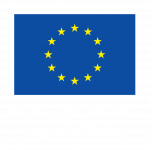
Finnish AI Region
2022-2025.
Media contacts